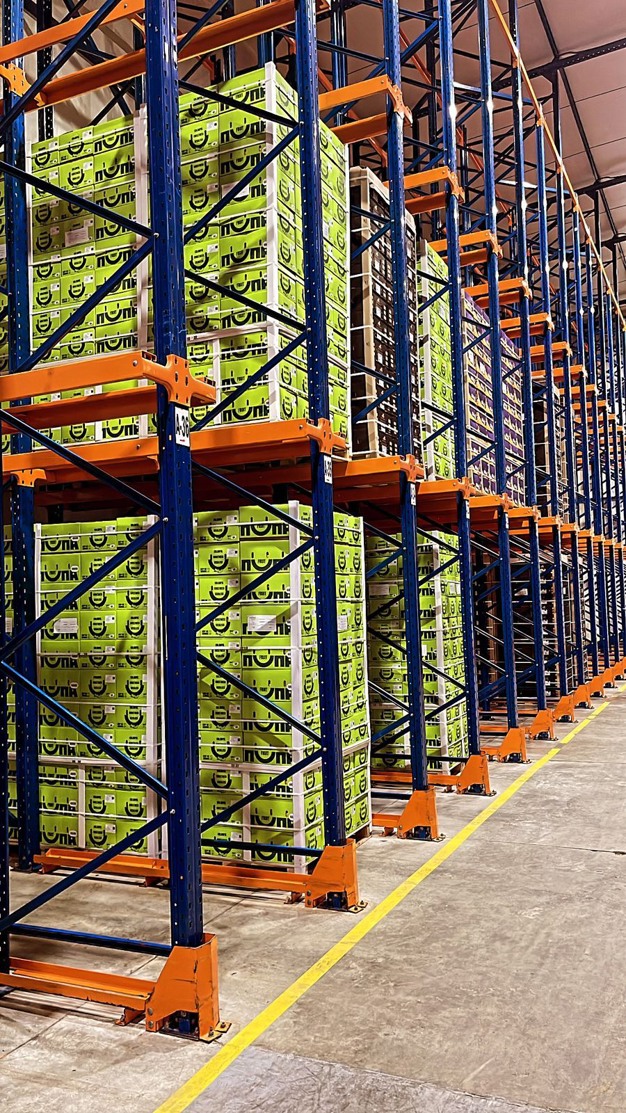The Satsuma was the first mandarin variety to arrive in Peruvian production fields, particularly in the province of Huaral, where a new port for container ships is currently under construction. The target is to reduce the shipping time from Peru to the Asian market by 12 days. Huaral is also home to a significant community of people of Japanese descent. "In fact, the Satsuma variety was introduced by those people," says Diego Garibaldi, director of Agroindustrial G&P SAC, a company specializing in the cultivation of various mandarin varieties.
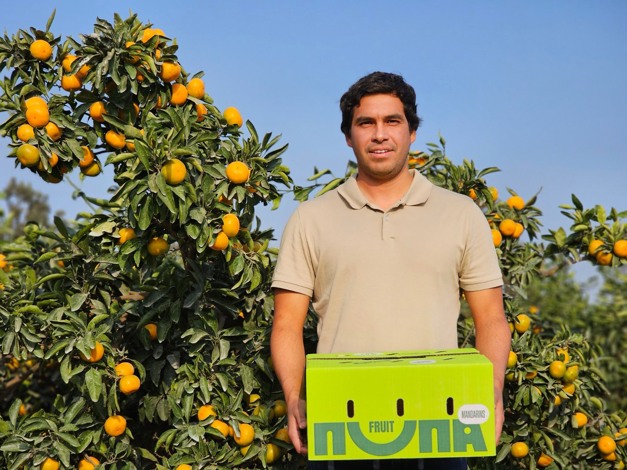
Diego Garibaldi showcasing the packaging of the new brand Nuna Fruit.
"More than 40 years ago, my father planted his first Satsuma trees. Today, here in Huaral, we have a 60-hectare mandarin orchard, mainly of Satsumas, although we also produce Nadorcott and Honey Murcott. We also have a 140-hectare farm in Barranca, where we currently have 80 hectares planted with the Primosole and Tango varieties. The latter variety is currently the most appreciated in most markets due to its intense red color, high Brix level, seedlessness and suitability for transport," says the director.
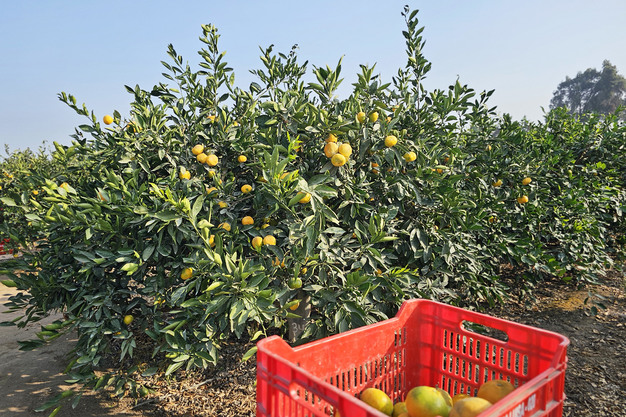
Satsuma mandarins for the Japanese market.
Shipments to the U.S., Europe, and Asia
The climatic conditions in Huaral facilitate the growth of the Satsuma mandarin, which is an early variety, according to Diego. "The Nadorcott and Tango varieties are better adapted to a more desert-like climate, with many hours of sunshine and cold nights. With the production from our two mandarin orchards, we are able to supply the fruit for eight months of the year, from March to October. We export to the United States, the European Union, the United Kingdom, Canada, China and Japan, shipping about 230 containers per year."
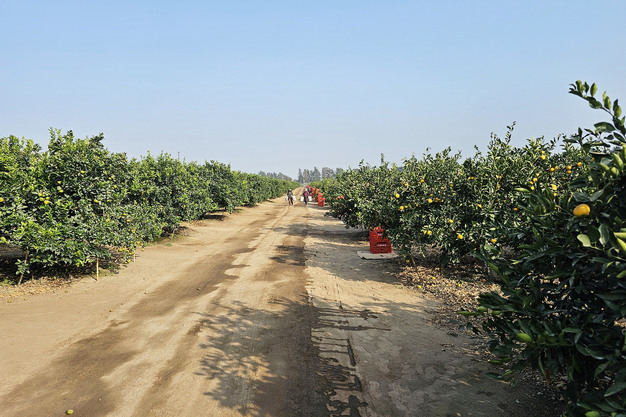
Target market: Japan
The company, which has been focusing on direct exports for some years and has had its own brand, Nuna Fuit, since last year, aims to deliver a high-quality product to the most demanding markets. In the case of the Satsuma, the goal is to send a significant amount of its available containers to the Japanese market. "The prices we get in Japan are considerably higher than those that can be obtained in Europe; however, it takes a lot of hard work to meet the quality and Brix level requirements demanded by the Japanese market. Although the Satsuma is a variety that lends itself to degreening, the Japanese are not keen on that, mainly because of the smell it leaves," says Diego.
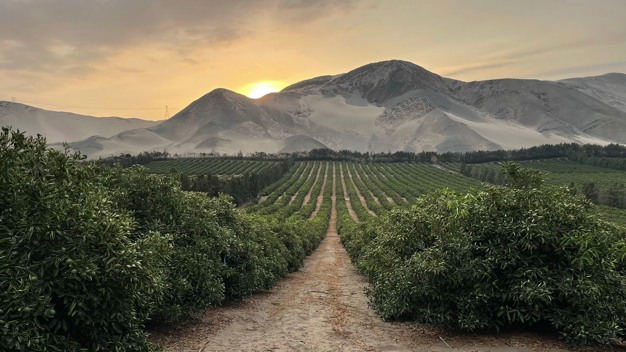
Nuna Fuit: "Sharing smiles everywhere"
"We are a Peruvian family company that cultivates its products with great passion, promoting a culture of social development and environmental responsibility. The brand Nuna Fruit was born with the idea of delivering a high-quality product to both clients and end consumers, aiming to set the stage for great moments with shared smiles," says the director.
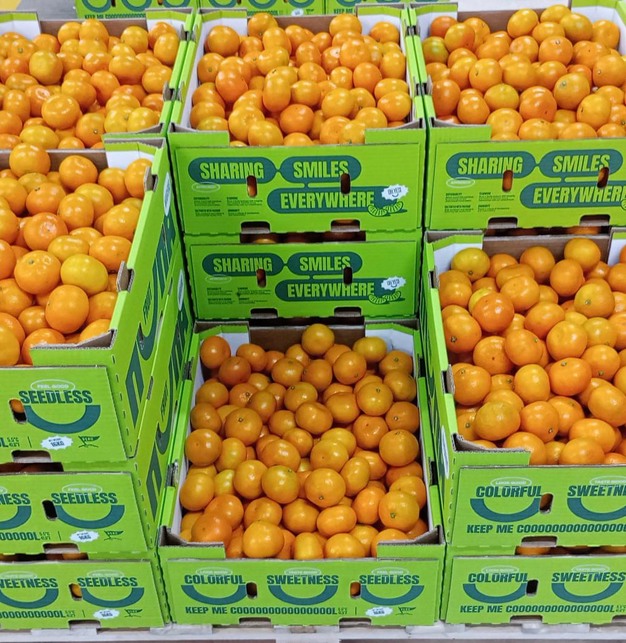
Nuna Fruit bets on the highest mandarin segment.
Very attractive prices in the early part of the campaign
"Regarding the early part of the campaign, this year's prices are generally higher than in previous campaigns. This is interesting for those producers who were able to obtain an average or high production in their orchards. In our case, while our Satsuma production usually averages 70 tons per hectare, this year we plan to close the campaign with 55 tons per hectare. Given the higher prices, we hope to achieve a good profitability that will make up for the low one of previous campaigns, which had been a consequence of alterations in the regular harvest cycles due to weather phenomena," says the director of Agroindustrial G&P SAC.
For more information:
Diego Garibaldi (director)
Agroindustrial G&P SAC
Cal. Monte Rosa 255
Santiago de Surco (Lima) – Peru
dgaribaldi@agcorp.com.pe
